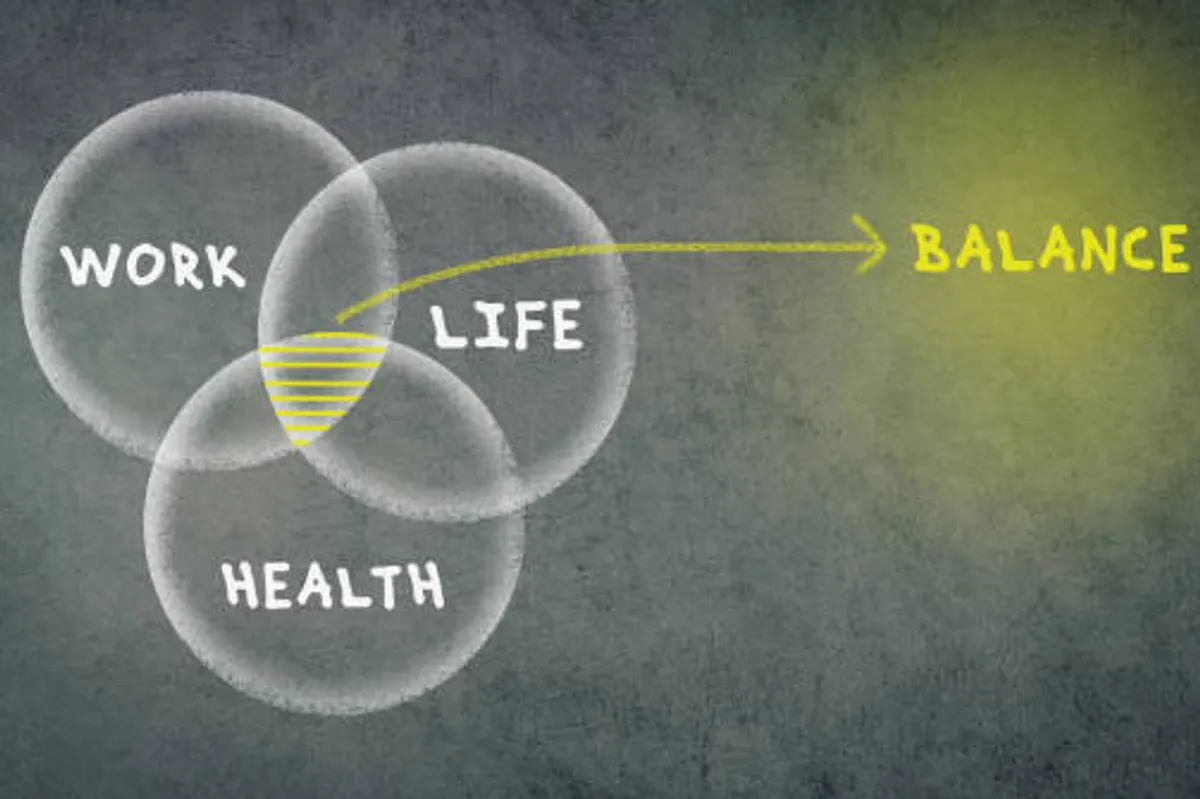
Natural Sleep Rituals: The 2025 Guide to Restoring Deep, Restful Nights

GeokHub
Contributing Writer
In 2025, sleep has become more than just a necessity — it’s a form of self-care. With long workdays, constant screen time, and everyday stress, millions of people are searching for ways to reclaim genuine rest.
And instead of turning to pills or high-tech solutions, a new movement is emerging: natural sleep rituals.
These aren’t quick fixes. They’re gentle, consistent practices designed to help the body and mind slow down, align with natural rhythms, and rediscover what peaceful sleep really feels like.
The Return of the Ritual
For centuries, humans have used ritual to mark the transition between day and night — lighting candles, bathing, or reading quietly. Today, science supports what our ancestors knew intuitively: routine creates rest.
Modern researchers call this sleep conditioning — small, repeated habits that tell your body, “It’s time to unwind.”
In 2025, wellness experts are encouraging a return to this approach. Rather than chasing instant fixes, people are embracing slow, sensory preparation for sleep — and it’s transforming bedtime across the world.
1. The Rhythm Rule: Consistency Over Complexity
One of the simplest but most powerful sleep rituals is keeping a regular bedtime.
Your body runs on a circadian rhythm, an internal clock that thrives on predictability. When you go to bed and wake up at roughly the same time each day, you teach your system when to release melatonin — the hormone that controls sleep cycles.
Try this:
Set your bedtime window and keep it within 30 minutes each night. Even on weekends. Within weeks, your body begins to expect rest naturally, making it easier to fall asleep and wake up refreshed.
2. The Wind-Down Hour
Experts agree that how you spend the last hour before bed determines how quickly you fall asleep. Think of it as your body’s “cool-down period.”
Build a personal evening routine with simple, soothing actions:
- Dim overhead lights or use warm amber lamps.
- Sip chamomile or valerian root tea.
- Stretch gently or practice breathing exercises.
- Lower your screens or enable “night mode.”
These steps create a sensory signal that the day is ending — a soft landing for your mind.
3. Scents That Soothe
Aromatherapy has quietly become one of the biggest wellness trends of the year, and for good reason.
Natural oils like lavender, cedarwood, and chamomile are proven to activate the brain’s relaxation centers, helping you drift off faster.
In practice:
- Add a few drops of essential oil to a diffuser 30 minutes before bed.
- Light an aromatherapy candle.
- Mist your pillow with a sleep spray.
It’s a small ritual with big emotional power — calm through scent.
4. Quieting the Mind
Mental rest precedes physical rest. Many people struggle with racing thoughts the moment their head hits the pillow.
To counter this, nightly mind-quieting rituals are growing in popularity in 2025.
Here are some that work:
- Guided meditation: short sleep meditations from YouTube or Spotify.
- Journaling: jot down three things you’re grateful for.
- Box breathing: inhale 4 seconds, hold 4, exhale 4, hold 4.
These practices lower stress hormones and create a sense of release before sleep.
5. Crafting a Sleep Sanctuary
Your bedroom should be designed for one purpose — rest.
In 2025, minimalist, sensory-focused bedroom design has become part of the broader wellness trend known as sleep sanctuaries.
Here’s what matters:
- Soft, breathable sheets made of cotton or bamboo.
- A cool temperature — ideally 65–68°F (18–20°C).
- Dim lighting, blackout curtains, or a sleep mask.
- A clean, uncluttered space to clear mental noise.
Think of your room as a retreat for recovery — not an extension of your office or entertainment space.
6. Eating for Better Sleep
What you eat before bed affects how you sleep through the night. Late heavy meals or caffeine can disrupt rest, while certain foods gently support melatonin production.
Try:
- A banana with almond butter (magnesium + tryptophan combo).
- Herbal teas like passionflower or lemon balm.
- Warm milk with turmeric or nutmeg — a natural sleep classic.
These light, nourishing choices help the body prepare for rest rather than resist it.
7. The Digital Sunset
Our devices are among the biggest barriers to quality sleep. Blue light and constant mental stimulation keep the brain alert long after the day ends.
That’s why the “digital sunset” — a screen-free hour before bed — has become one of 2025’s top sleep habits.
During this time, you might:
- Read a physical book.
- Listen to soft music.
- Journal or plan tomorrow quietly.
When screens go dark, melatonin rises, and sleep becomes smoother and deeper.
Get the best Smart Ring on Amazon to track your sleep
Rest Is the New Recharge
In a world obsessed with productivity, sleep is becoming the ultimate act of self-care.
Natural sleep rituals don’t just improve rest — they improve life. They help you reconnect with your body, calm your mind, and create space for genuine peace.
Start with one ritual tonight. A candle, a cup of tea, or a deep breath before bed. Repeat it tomorrow.
Over time, it becomes your body’s quiet signal that the world can wait — and you can rest.
Because sleep isn’t just an end to your day — it’s the foundation of every good one that follows.
Affiliate disclosure: This article contains affiliate links. If you purchase through them, I may earn a small commission at no extra cost to you.








